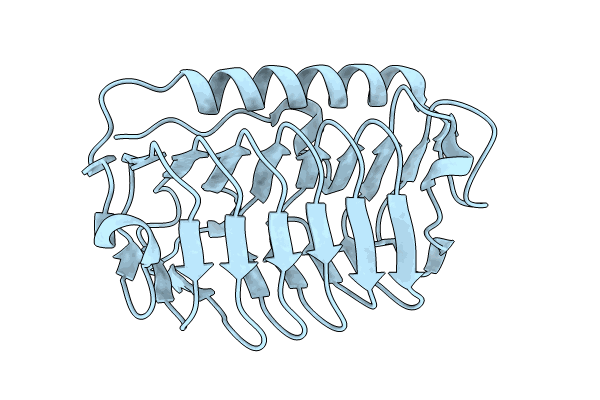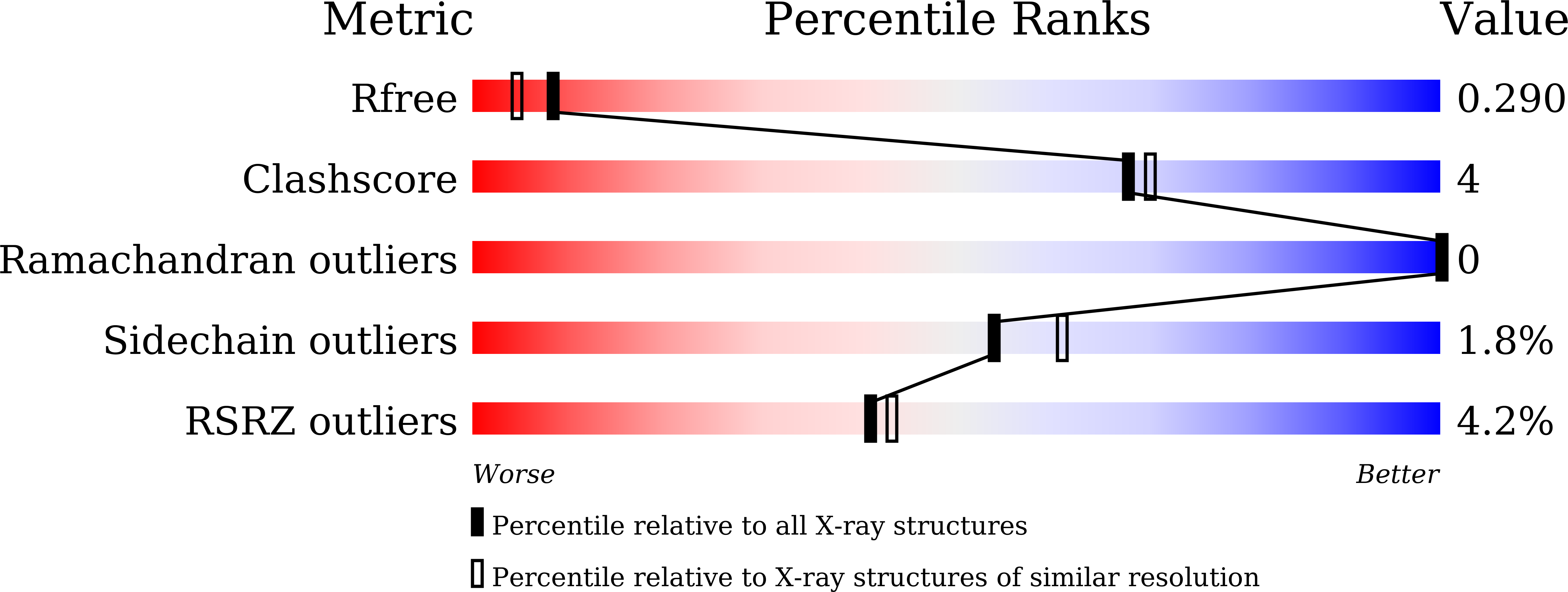
Deposition Date
2023-11-06
Release Date
2024-11-13
Last Version Date
2024-11-20
Entry Detail
Biological Source:
Source Organism:
Flavobacterium frigoris PS1 (Taxon ID: 1086011)
Host Organism:
Method Details:
Experimental Method:
Resolution:
2.10 Å
R-Value Free:
0.28
R-Value Work:
0.25
Space Group:
P 41 2 2


